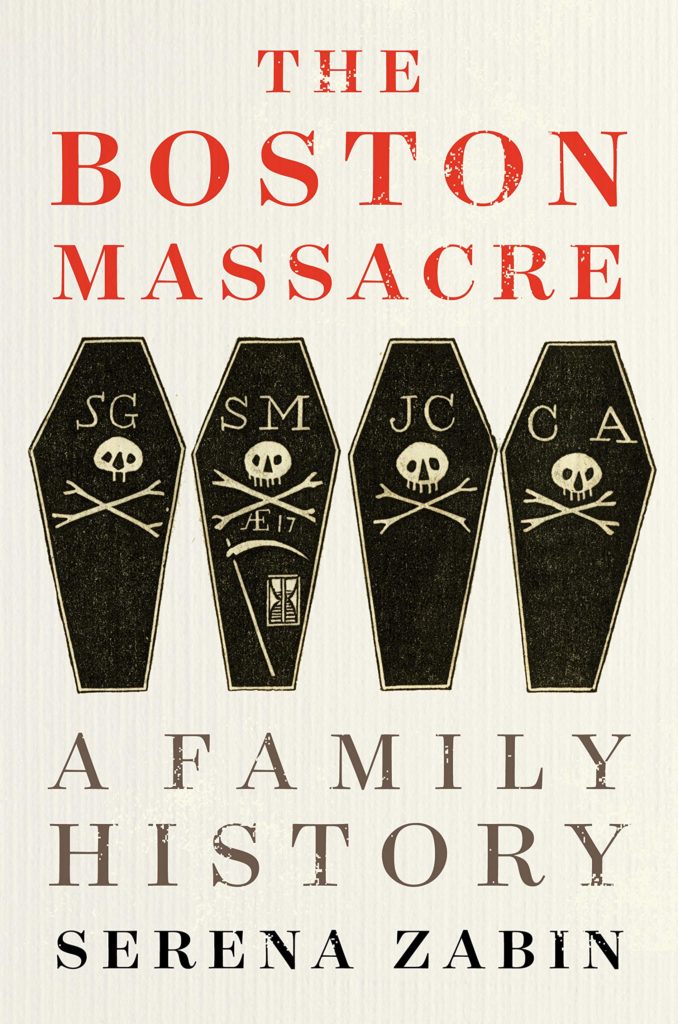Historian and professor Serena Zabin approaches the American Revolution tipping point through the lens of societal and personal relationships. The story of the incident we learn in school is presented as black and white, but the circumstances behind it were much more complicated.
Since the English colonists settled in the Boston area, they enjoyed minimal oversight from the British Crown. But with the passage of the various taxes on colonists, unrest began to grow. British regulars already dispatched to Halifax, Nova Scotia, found themselves with little to do in the docile Canadian outpost. They were relocated to Boston as civil disobedience and anonymous leaflets began to stir the local population.
Zabin focuses on the unseen entanglements between the residents and the regiments. Soldiers married local women, officers became godparents to colonist children. Wives and families of the military sometimes traveled with the regiment and they integrated themselves into the fabric of their current city.
In February 1770, the social life shared by soldiers and civilians seemed to continue as it had for over a year. John Rowe and his wife, Hannah, hosted a “genteel” dance for their sixteen-year-old niece. attended by no fewer than seven army officers, including Lieutenant Colonel Dalrymple, Lieutenant Colonel Carr, and Captain O’Hara. Captain Thomas Preston was there too, unaware of how his life was about to change, in just ten days. ~Pg. 150
These intertwined families and friendships meant the shooting of five colonists by British troops felt all the more like a betrayal, and made the dormant tensions boil over. The Crown used the incident to demonstrate the need to control the unruly colonists. For Revolutionaries this became the perfect example of why the colonies needed independence.
Zabin’s focus is on the societal connections of Bostonians and the British in the time leading up to the Boston Massacre. The political underpinnings are secondary — by far — in this narrative. Because of the title, I was expecting more about the personal backgrounds of the shooters and the victims involved in the Boston Massacre. Perhaps there isn’t a great deal known about them, specifically, but I was hoping the book would go in that direction, based on the earlier chapters.
There is a bit more learned in the short chapters about the trial following the shooting, in which John Adams famously acted as the defense attorney for the soldiers. Still, a personalization of the soldiers and the colonists involved would have been a great help to my understanding of the historical moment.
My thanks to HMH Books for the review copy.
My rating: [xyz-ihs snippet=”3-and-half-stars”]
Hardcover: 320 pages
Publisher: Houghton Mifflin Harcourt (February 18, 2020)
Language: English
ISBN-10: 0544911156
ISBN-13: 978-0544911154

